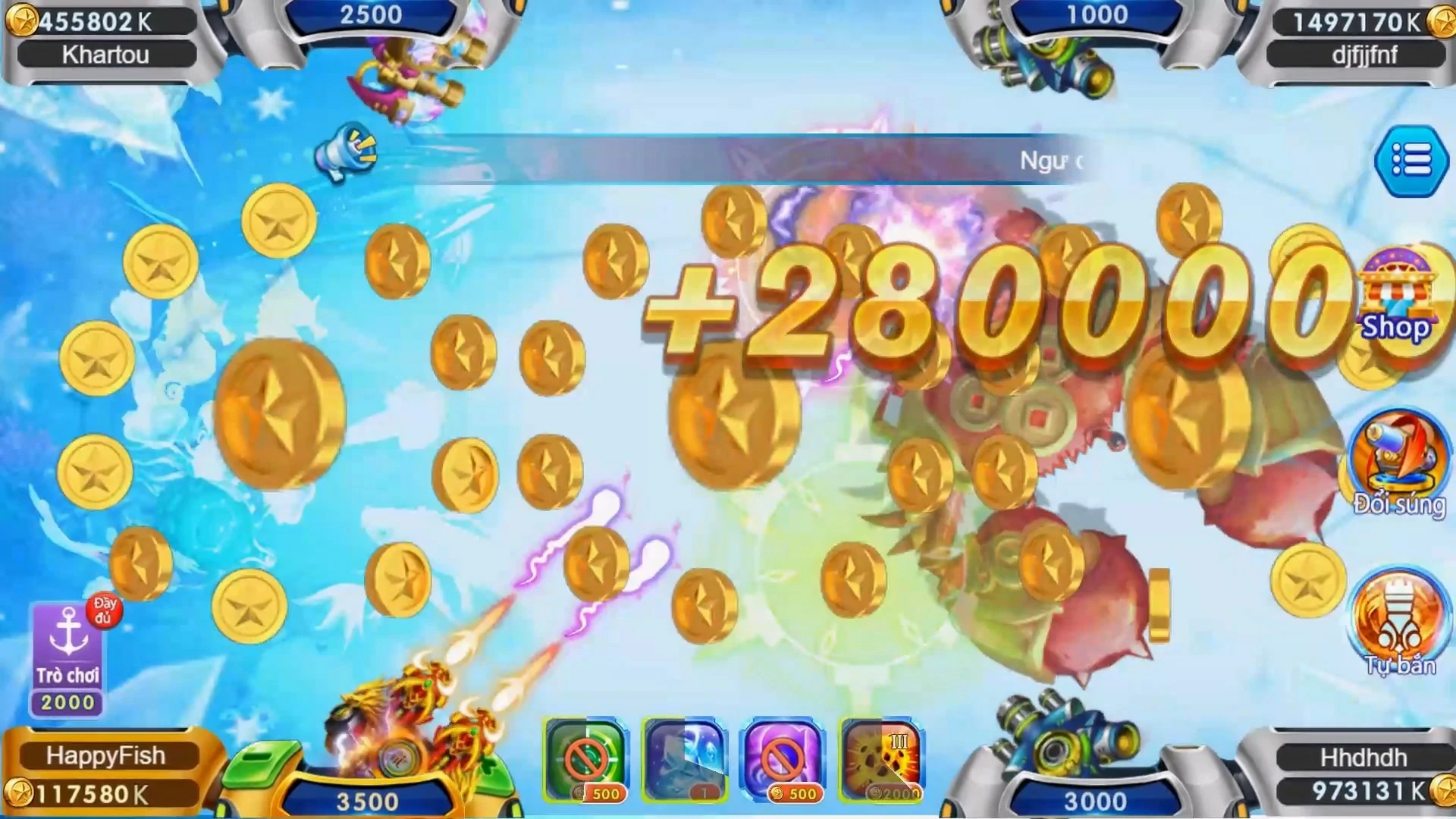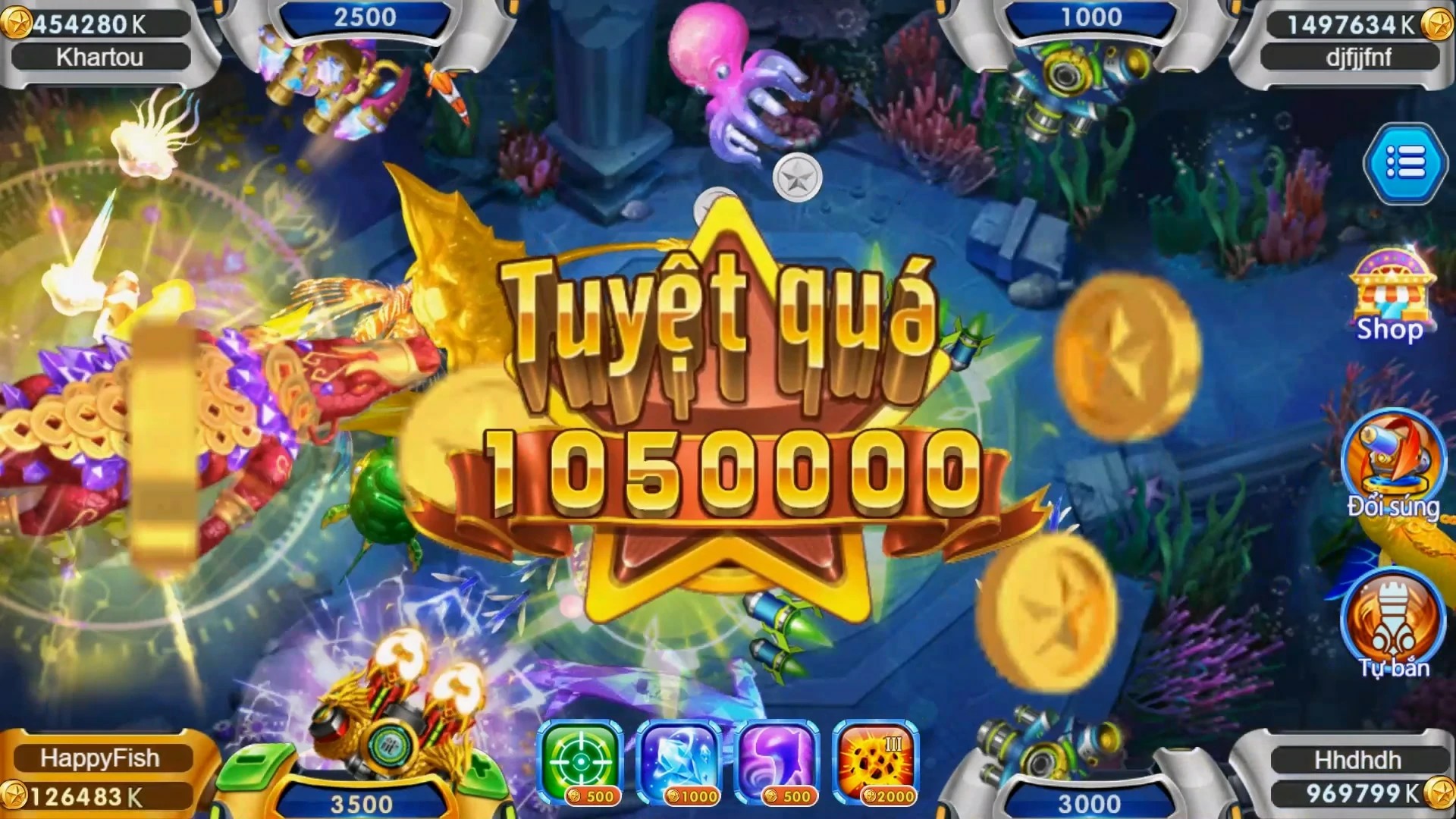The Rise of Hyper Casual Multiplayer Games: Fun, Social, and Addictive Online Experiences
**Multiplayer games** have taken over the gaming landscape—especially with how easy it’s become to connect online through mobile devices. What makes this trend even more exciting is that these games are no longer just high-production MMORPGs like World of Warcraft or battle royale shooters dominating Twitch streamer play. **Hyper casual games** that blend ease of play with light-hearted social elements and multiplayer capabilities have surged in popularity. Even nichier, there’s a budding sub-section known as "ASMR gameplay" where soothing sounds accompany low-pressure mechanics. And let’s not forget players still craving deep personal investment, turning to titles featuring RPG elements like **customizable characters**. In short, whether you're looking for fast-paced competition or immersive escapism—the new era of online play has *you* covered.
Beneath their seemingly simple surfaces lie engaging dynamics tailored perfectly for today’s fast-twitch attention spans and digitally-connected identities. So why exactly are hyper casual multiplayer games exploding across app stores? Let’s dive in.
| Trend Category | % Growth Since 2023 | User Base (Millions) |
|---|---|---|
| Hypers-casual mobile games | +76% | 845+ |
| Multipayer features in casual games | +129% | Over 1.3B |
| Role-playing titles w/ character customization | +53% | Almost 700M |
What Makes Games Hyper-Casual? The Simplicity Factor
"Simple but satisfying." That could serve as the unofficial creed behind hyper casual design principles. These lightweight experiences prioritize instant fun, one-finger gameplay mechanics, and quick restartability—ideally designed for breaks, downtime moments on public transit, or post-meeting brain rest. But here’s what people don’t always emphasize: while minimalistic in approach, these bite-sized titles demand incredible creativity on developer part. They must craft something truly novel that stands out amidst countless similar options without demanding long tutorials nor complicated learning curves. A paradox? Maybe. Yet somehow, developers keep delivering them!
- Elegant control scheme (Tap! Tilt! Swipe!)
- Visual feedback via colors or particle effects
- No login, no paywall-heavy traps right away
- Endless loops or procedually generated content
Remember when opening Candy Crush Saga meant an avalanche ads and tutorial steps before getting any gameplay? Thank heaven those days seem to be fading away in most hyper casual studios’ newer updates
Addiction, Not Addiction—The Hook Behind Hyperplay Engagement
It might surprise folks, but some of these minimalist multiplayer matches are just...addictive af, minus harmful dependencies (usually). How does that work? Well think about dopamine triggers: Win fast. Level up after three minutes of effort. See friend rankings climb instantly thanks to shared scoreboard syncs. It becomes hard to turn away once a loop forms around quick success and community vibes blending into your daily rhythms. And then there’s another sneaky angle — progress doesn't feel forced. No mandatory daily login bonuses threatening reset penalties. No aggressive currency farming. Just a steady rhythm that lets you drift between real-life duties easily—like a snack that keeps whispering You know you want another bag… Okay, okay—we all recognize that word “snack" may sound corny as ever these days. However in game dev jargon its commonly used to denote ultra-short entertainment formats 😁How Did "ASMR Gameplay" Become A Niche For Hyper-multiplayer?
ASMR games play online—strange bedfellows at first glance. One offers quiet immersion. Others thrive chaos. Yet fusion emerged naturally during peak Zoom-call burnout eriod. Suddenly everyone needed ways relax after endless meetings filled buzzwords. Developers leaned toward ambient music, soft clicking soundtracks, gentle animations—but still built them within familiar competitive frameworks. Example: imagine building virtual villages using soft rustles for each placement, sharing creations online via mini competitions hosted monthly. Suddenly it blends relaxation with social bonding in unexpectedly rich combination.The Role of Character Creation Within Light Game Mechanics
Now picture this—something small enough that won’t dominate hour slots yet deep enough emotionally engage players long term. Enter RPG hybrids combining classic player avatars with accessible controls. Customization features can appear anywhere from clothing choices, color schemes—even silly hats applied mid-chase sequences in party style contests! These options aren't essential story drivers necessarily but they do enhance personal connection and self expression which remains vital in increasingly crowded spaces where everyone wants recognition. Here are few examples found across major app store listings:- Including:
- Twinshot: Team Battle Zone (choose skin & weapon glow styles before entering arena)
- Kawaii Bistro Café (pick outfits while cooking together against timers!)
- DanceDuel Clash Club (unlock emoji dances to flaunt vs frenemies every weekend.)
Digital Serendipity – Making New Friends In Hyper-verse Worlds
Back when internet cafes were common-place pre-Zoom world we formed lifelong memories alongside total strangers who eventually became best buddies! Those magic moments resurface often during chaotic rounds played within current batch-based lobbies. Sure names stay mostly randomized due privacy protections these days. But still: laughing over same meme reactions embedded directly onto match countdowns. Competing under hilarious tags set manually by users themselves e,g. ("SnackBandit"), etc. Platforms enabling user-generated chat emojis further foster unexpected joy and shared humor even among globally-sprawled teams playing for 90 seconds max. Isn’t it beautiful sometimes how tech lets us create intimacy quickly despite being otherwise transient experiences?Business Models That Actually Respect Users
Let’s talk business model innovations quietly helping this space sustain momentum. Traditional free-to-play tactics tend alienate players over years—excessive IAP prompts or time-wasting mechanisms to grind XP slower deliberately until $$$ purchase occurs. But many newer multiplayer-driven titles avoid those missteps by emphasizing optional perks. Things like:- Rewarded videos that offer visual flair items—not unfair advantages. 🎁
- Time-limited passes encouraging collection of cosmetic items without feeling exploitative.
- Sponsortainment integrations (brands offering exclusive skins if completing surveys briefly) – done elegantly enough avoids disrupting core vibe completely.
A Look Ahead: Next Steps In Hyper Casual Social Interconnectivity?
So far everything seems rosy, yes. However future developments may introduce intriguing twists: - Virtual reality crossover experiments allowing headset users compete against traditional touchscreen ones seamlessly across shared servers.
-mark>Increased reliance on LLM tools generating witty banter lines auto-filled dynamically between teammates for extra flavor. Potential pitfalls too: Privacy debates intensify regarding cross-service account linkages. As well as increasing pushbacks when companies oversell “social connectivity benefits" when data mining happens simultaneously. Needless to say, expect continued debate on what constitutes acceptable levels gamification inside leisure spheres especially affecting children & impressionables teens consuming bulk hours weekly.Better Together: Why These Genres Blend Naturally Now More Than Ever
At face value, hyper casual meets multiplayer + occasional ASMR tones sounds mismatched. However zoom wider lens beyond niche boxes, and it's easier see how they've evolved co-dependently due changes in cultural mood. People crave stress-free yet sociable diversions; digital campfires replacing old-world gatherings around boardgame tabletop. This trend likely continues gaining steam especially amid rising fatigue caused information overload prevalent nearly everywhere currently anyway. So yes: casual = comfort. Social = sense of belonging. Addictive fun without toxicity or draining pressure equals holy-grail mix.Final Verdict: The Evolution Continues – What Lies Beyond The Present Frenzy
Ultimately though the rise reflects broader shifts taking place within entertainment psychology itself more broadly than isolated to gaming sector alone. Consumers desire meaningful interactivity minus heavy mental taxation required during regular 9to5 drudgery elsewhere. Expect upcoming releases experiment more boldly merging passive sensory pleasures (ambient sound environments) with brief bursts activity requiring just sufficient cognitive participation maintaining stimulation threshold. Who knows: soon maybe our favorite chill-time escape consists entirely tapping bouncing melons competing with pal nearby—with nature breeze soundtracks buffering entire experience from outside noise? That’s kind future many hope unfold: playful worlds enrich lives rather drain vitality continuously battling addictive algorithms trying convert eyeball seconds cash constantly.- In Summary:
- ✓New genre hybrids thrive on ease plus human-centered interaction
- ✓Character custom adds personality & replay depth subtly
- ✓Mechanically streamlined yet visually charming interface key factor
- ✓Monetization done gracefully matters huge in retention
In conclusion—if haven’t given latest gen hyper casual MP offerings try, maybe its high-time consider jumping aboard. After all life stays unpredictable enoughtimes—needn’t spend extra mental juice decoding complicated game instructions nowadays, yeah 😉



